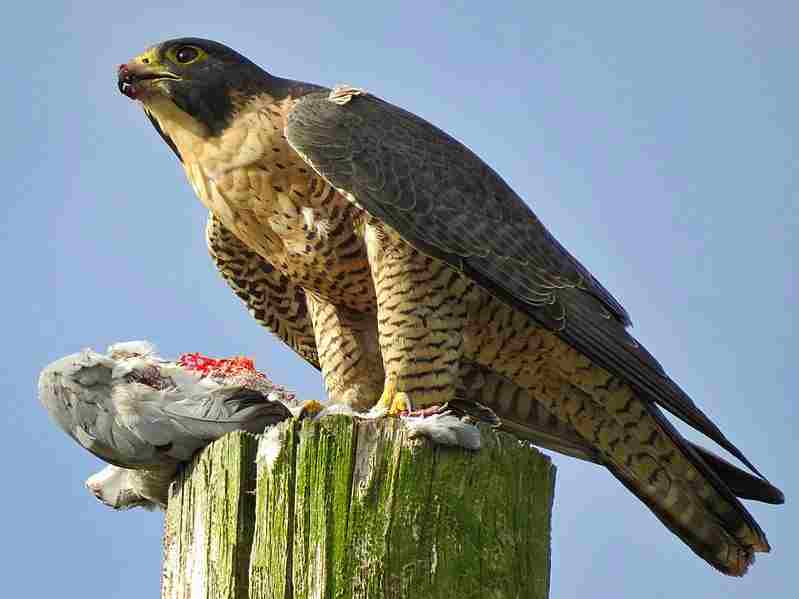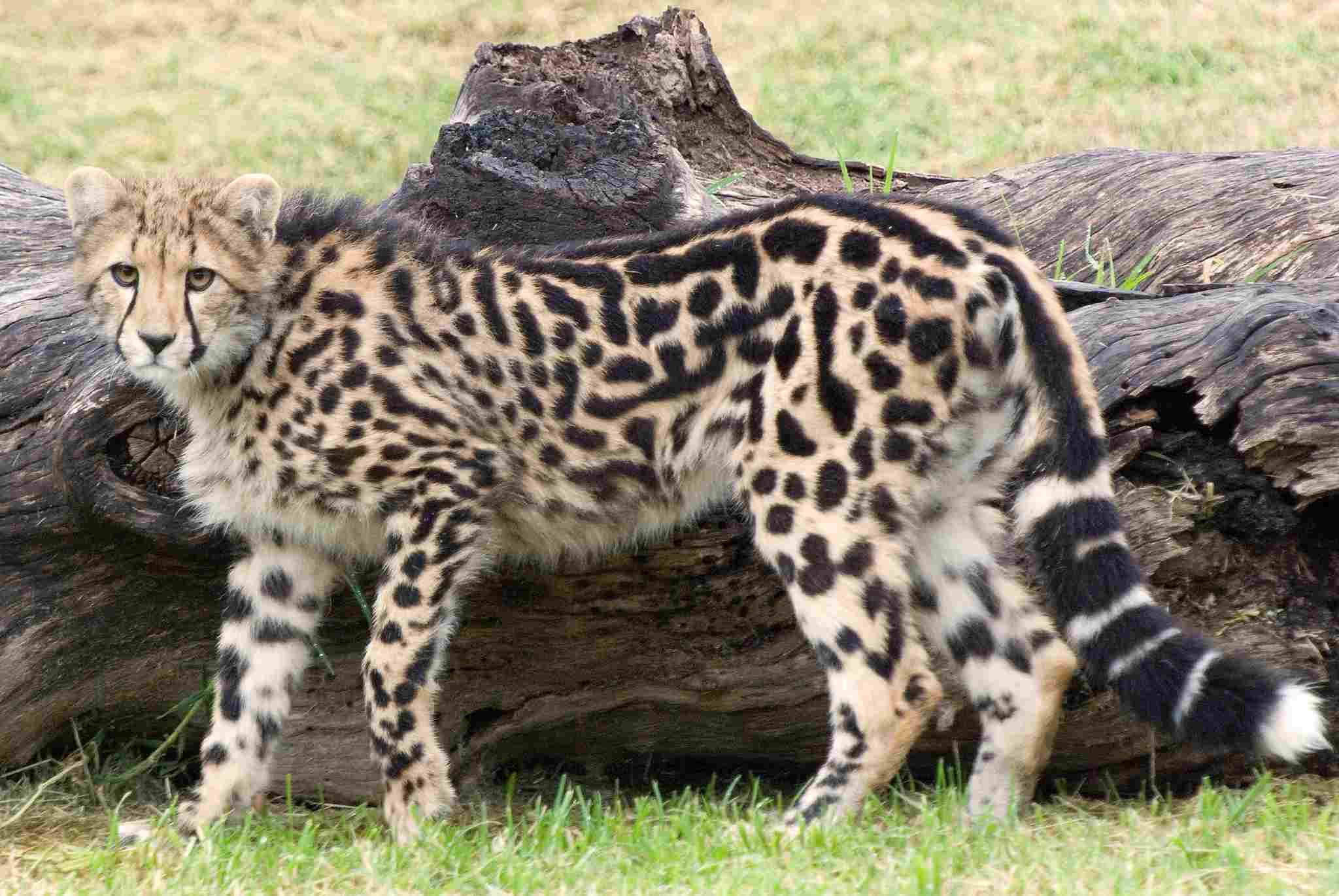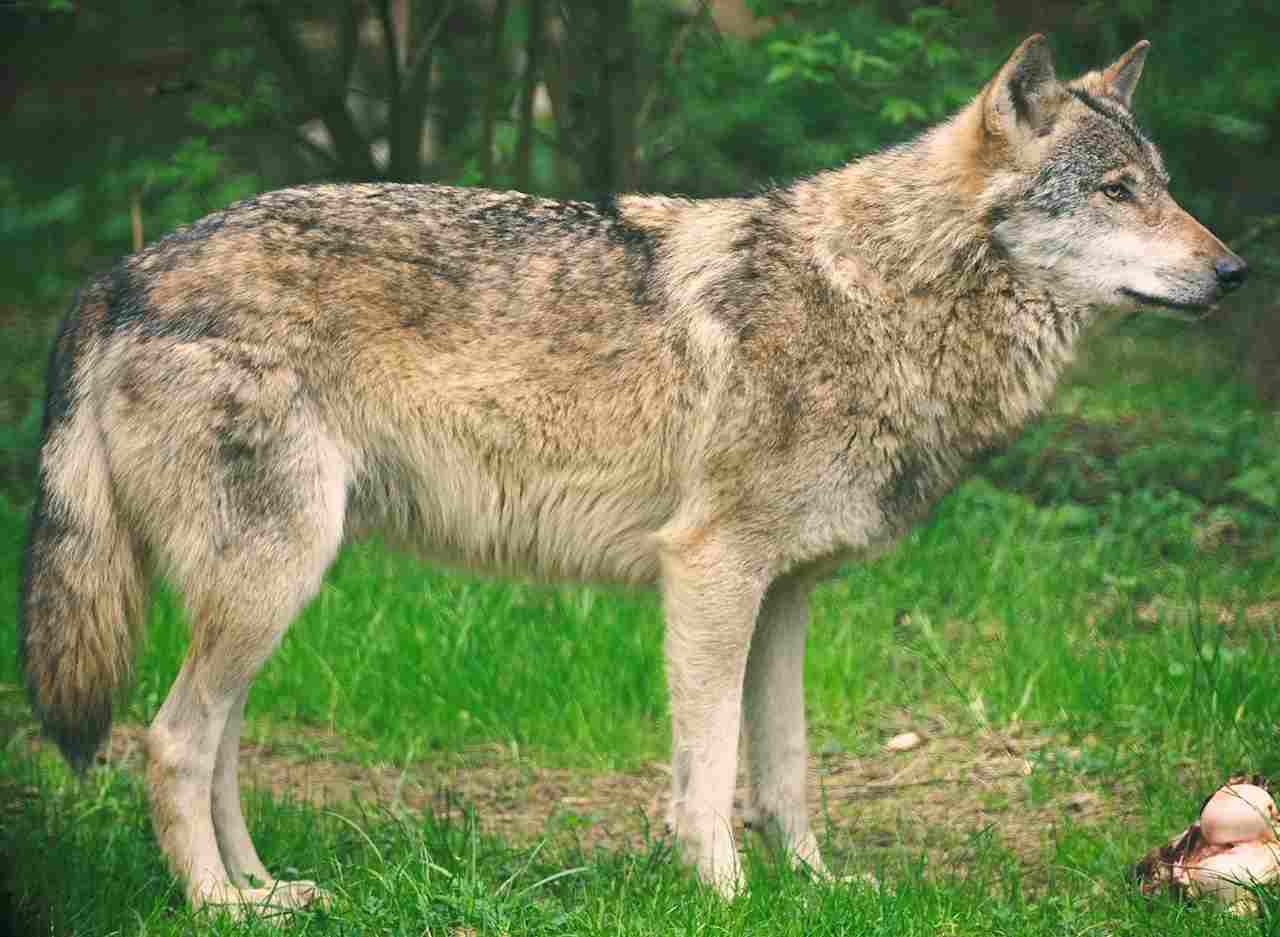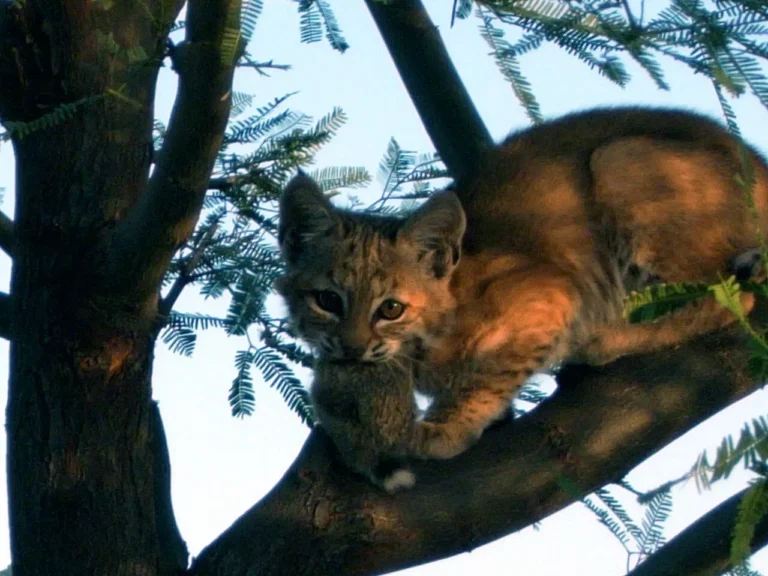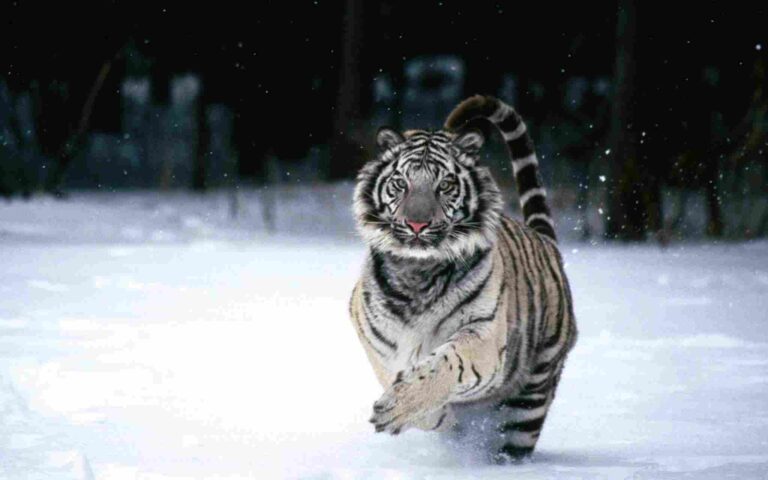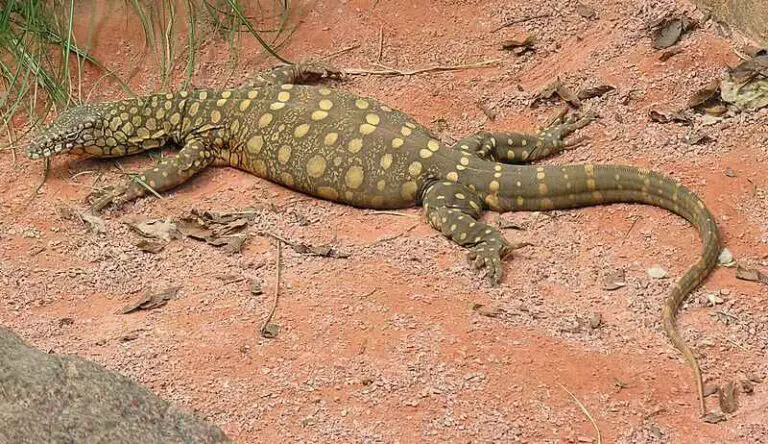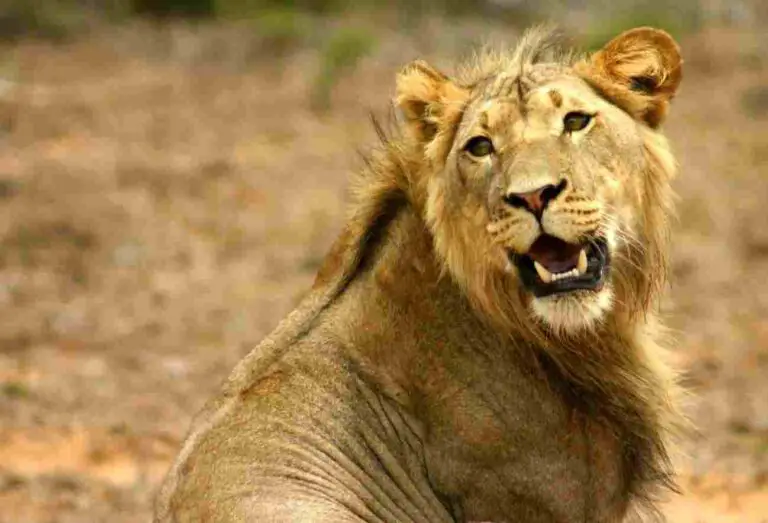What Type of Consumer is a Cheetah? Cheetah Food Chain Position Discussed
Cheetahs are tertiary consumers in their ecosystems, renowned for their incredible speed and predatory prowess. As apex predators, they play a crucial role in maintaining the balance of their respective food chains and ecosystems. Let’s delve deeper into what type of consumer a cheetah is and why.
Cheetah as a Tertiary Consumer
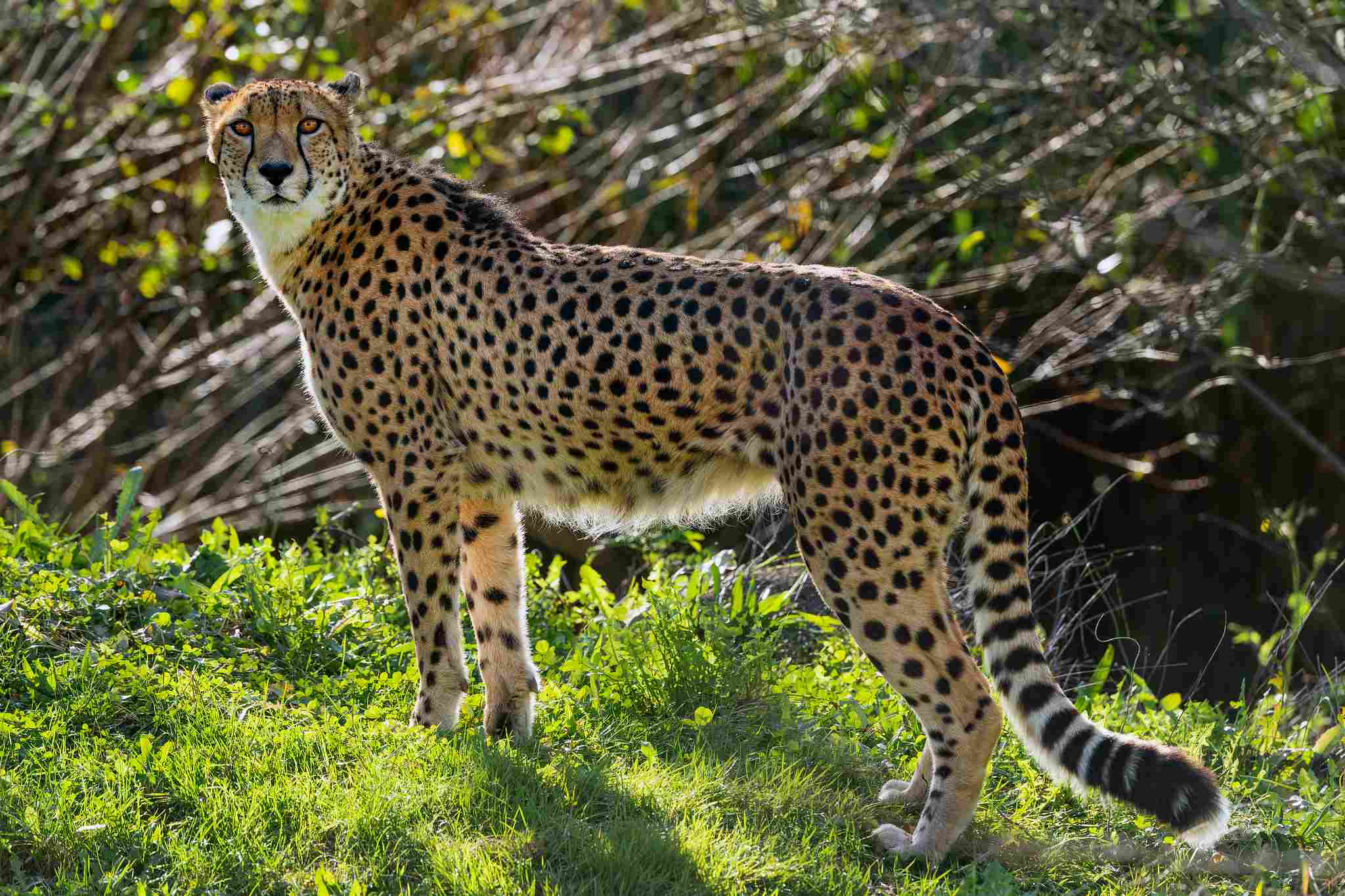
-
Defining Tertiary Consumers: Tertiary consumers are organisms that occupy the highest trophic level in a food chain or web. They primarily feed on secondary consumers, which themselves consume primary consumers (herbivores or plant-eaters).
-
Cheetah’s Predatory Nature: Cheetahs primarily prey on medium-sized herbivores and smaller carnivores, which places them at the tertiary level of the food chain.
-
Prey Selection: Cheetahs commonly target animals like gazelles, impalas, and smaller predators such as jackals and mongooses, which are secondary consumers in their respective food chains.
-
Role in Ecosystems: As tertiary consumers, cheetahs help regulate the population sizes of their prey species. This control prevents overgrazing by herbivores, which in turn maintains the health of vegetation and preserves biodiversity within their habitats.
-
Interconnectedness: Cheetahs are intricately linked to the dynamics of their ecosystems. Their hunting behavior and dietary preferences influence the abundance and distribution of various species throughout the food web.
-
Impact of Human Activities: Human activities such as habitat destruction, poaching, and prey depletion can disrupt the delicate balance of ecosystems, affecting not only cheetah populations but also the myriad species that depend on them for ecological stability.
Therefore cheetahs play a vital role as tertiary consumers in their ecosystems, contributing to the regulation of prey populations and overall ecological balance. Understanding their position in the food chain is essential for conservation efforts aimed at preserving these magnificent predators and the habitats they inhabit.
Is a Cheetah a Consumer?
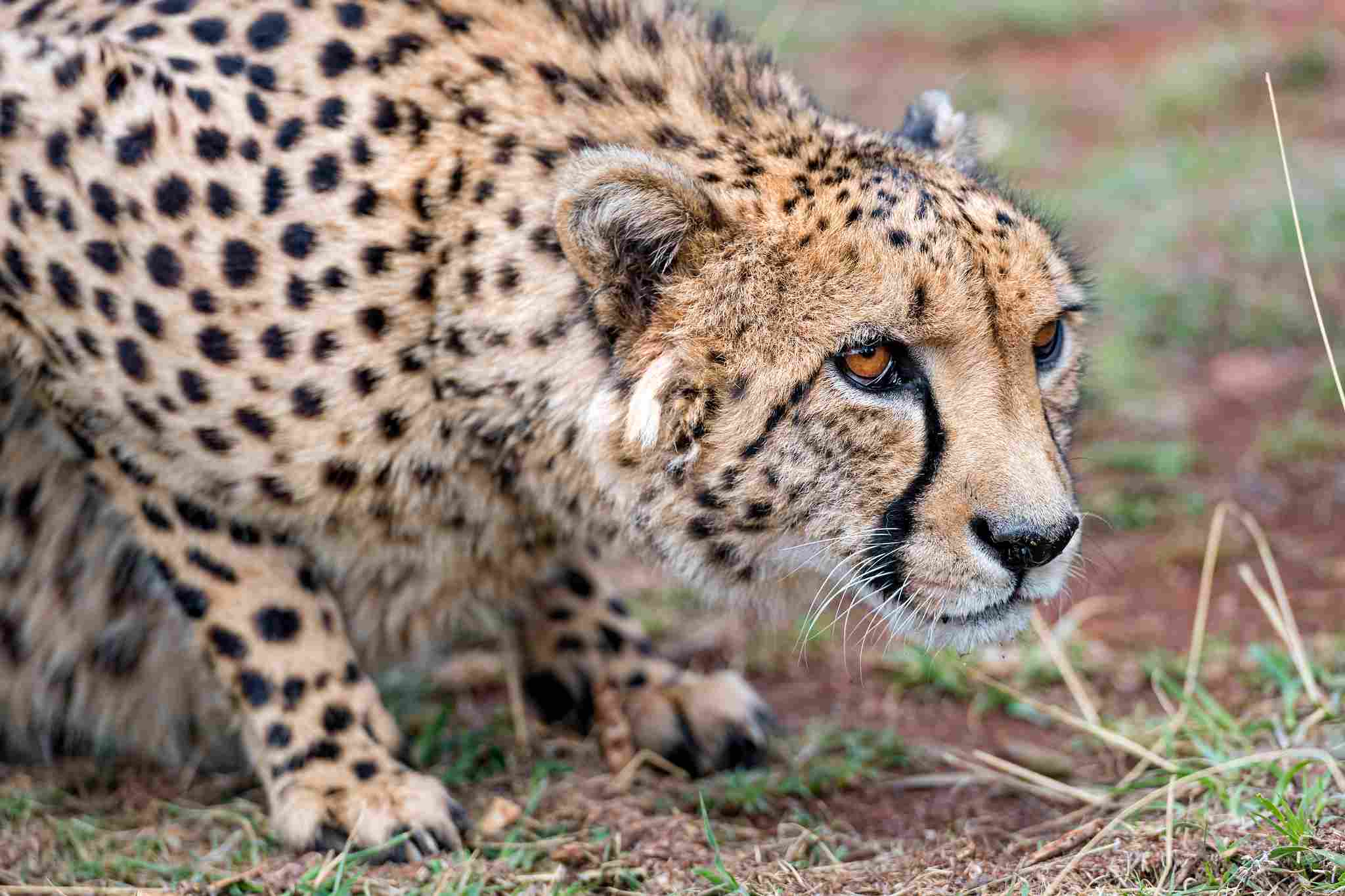
Cheetahs are indeed consumers in ecological terms. As apex predators, they occupy the highest trophic level in their ecosystems, preying on other organisms for sustenance. Their diet primarily consists of herbivores and smaller carnivores, positioning them as consumers within the intricate web of energy transfer and nutrient cycling. Through their hunting behavior, cheetahs contribute to the flow of energy and the regulation of prey populations within their habitats. Thus, their role as consumers is fundamental to the functioning and stability of their respective ecosystems.
Why Are Cheetahs Consumers?
Cheetahs are consumers due to their predatory nature and dietary habits. Here are some reasons why cheetahs are classified as consumers:
-
Predatory Behavior: Cheetahs are skilled hunters, relying on their incredible speed and agility to capture prey. Their hunting behavior is characteristic of consumers in ecosystems, as they actively seek out and consume other organisms for energy.
-
Trophic Level: Cheetahs occupy the tertiary consumer trophic level in food chains. They feed on secondary consumers, such as herbivores and smaller carnivores, which establishes their role as consumers within the ecosystem.
-
Dependency on Prey: Cheetahs depend on a steady supply of prey to meet their nutritional needs. Their consumption of other organisms is essential for their survival and reproductive success.
-
Energy Transfer: By consuming prey, cheetahs assimilate energy and nutrients from the food they eat. This energy transfer from prey to predator is a key aspect of the consumer role in ecological systems.
-
Ecosystem Dynamics: Cheetahs play a crucial role in shaping the dynamics of their ecosystems as consumers. Their hunting activities influence the distribution and abundance of prey species, which in turn affects the structure and function of the entire ecosystem.
In general, the predatory behavior and trophic position of cheetahs as tertiary consumers underscore their classification as consumers within ecological systems.
Is A Cheetah A Producer?
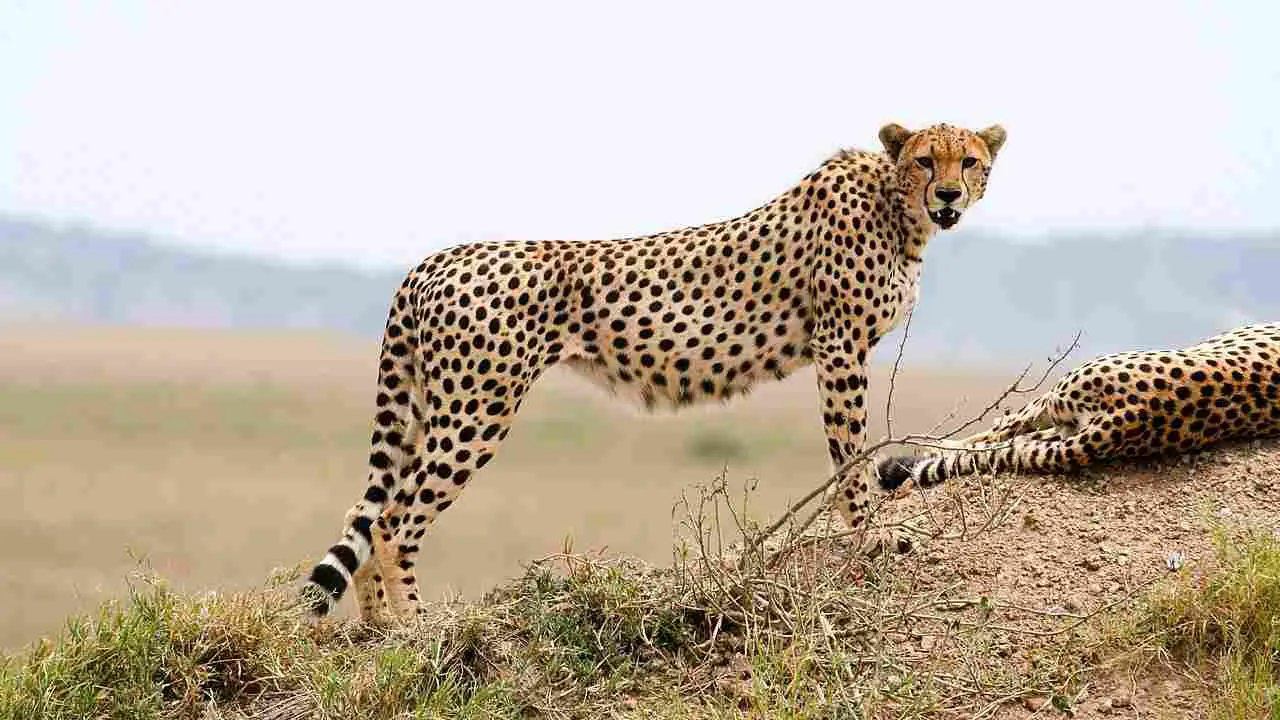
Cheetahs are not producers in ecological terms. Unlike plants and certain types of bacteria, which produce their own food through processes like photosynthesis or chemosynthesis, cheetahs are unable to generate their own sustenance. Instead, they rely on consuming other organisms, such as herbivores and smaller carnivores, to obtain the energy and nutrients necessary for survival. As consumers, cheetahs play a crucial role in energy transfer and nutrient cycling within ecosystems, but they do not possess the ability to produce their own food like producers do.
Reasons Why Cheetahs are Not Producers
Cheetahs are not considered producers in ecological terms due to the following reasons:
-
Lack of Photosynthesis: Unlike plants, algae, and certain bacteria, cheetahs lack the ability to perform photosynthesis. Photosynthesis is the process by which producers convert sunlight into energy-rich organic molecules, such as glucose, which serve as food for themselves and other organisms in the food chain.
-
Dependency on Prey: Cheetahs rely on consuming other organisms, such as herbivores and smaller carnivores, to obtain the energy and nutrients they need for survival. This dependence on consuming other organisms for sustenance places them in the category of consumers rather than producers.
-
Trophic Position: Cheetahs occupy the tertiary consumer trophic level in food chains, feeding on secondary consumers like herbivores and smaller carnivores. Their role as consumers reflects their position in the energy flow within ecosystems, contrasting with the autotrophic nature of producers.
-
Physiological Adaptations: Cheetahs possess anatomical and physiological adaptations suited for hunting and consuming prey, including sharp claws, powerful jaws, and specialized digestive systems for processing animal tissue. These adaptations are indicative of their predatory nature as consumers rather than producers.
In general, the inability of cheetahs to produce their own food through photosynthesis and their reliance on consuming other organisms for energy and nutrients distinguish them from producers in ecological systems.
Are Cheetahs Producers Or Consumers?
Cheetahs are unequivocally consumers in ecological terms. As apex predators, they occupy the highest trophic level in their ecosystems and rely on consuming other organisms for sustenance. Their predatory behavior, dietary habits, and trophic position as tertiary consumers distinguish them from producers. Unlike producers, such as plants and certain types of bacteria, which generate their own food through processes like photosynthesis, cheetahs lack the ability to produce their own sustenance and instead obtain energy and nutrients by preying on other organisms. Therefore, cheetahs are definitively classified as consumers within ecological systems.
Is A Cheetah A Consumer, Producer Or Decomposer?
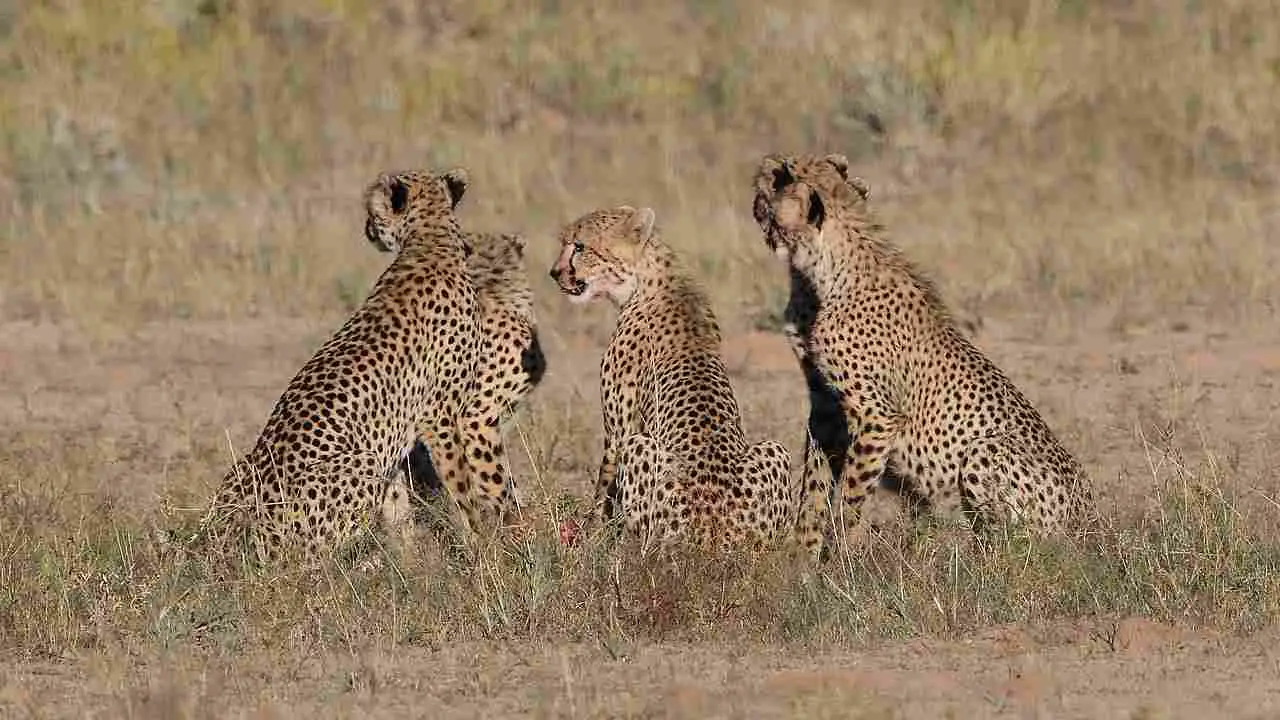
Cheetahs are unequivocally consumers in ecological terms. As apex predators, they occupy the highest trophic level in their ecosystems and rely on consuming other organisms for sustenance. Their predatory behavior, dietary habits, and trophic position as tertiary consumers distinguish them from producers and decomposers.
While producers, such as plants and certain types of bacteria, generate their own food through processes like photosynthesis, cheetahs lack the ability to produce their own sustenance. Instead, they obtain energy and nutrients by preying on other organisms, such as herbivores and smaller carnivores.
Additionally, decomposers, such as fungi and bacteria, play a vital role in breaking down dead organic matter and returning nutrients to the soil. Cheetahs do not fulfill this role in ecosystems; rather, they actively contribute to the consumption of living organisms as part of the energy flow within food chains.
Therefore, based on their predatory nature and trophic position as consumers, cheetahs are unequivocally classified as consumers in ecological systems.
Is a Cheetah a Secondary Consumer?
Cheetahs are not classified as secondary consumers but rather as tertiary consumers in ecological systems. Secondary consumers typically prey on primary consumers (herbivores), while tertiary consumers feed on secondary consumers as well as primary consumers. Cheetahs primarily hunt and consume secondary consumers such as herbivores (e.g., gazelles, impalas) and smaller carnivores (e.g., jackals, mongooses), placing them at the tertiary level of the food chain.
Is A Cheetah A Tertiary Consumer?
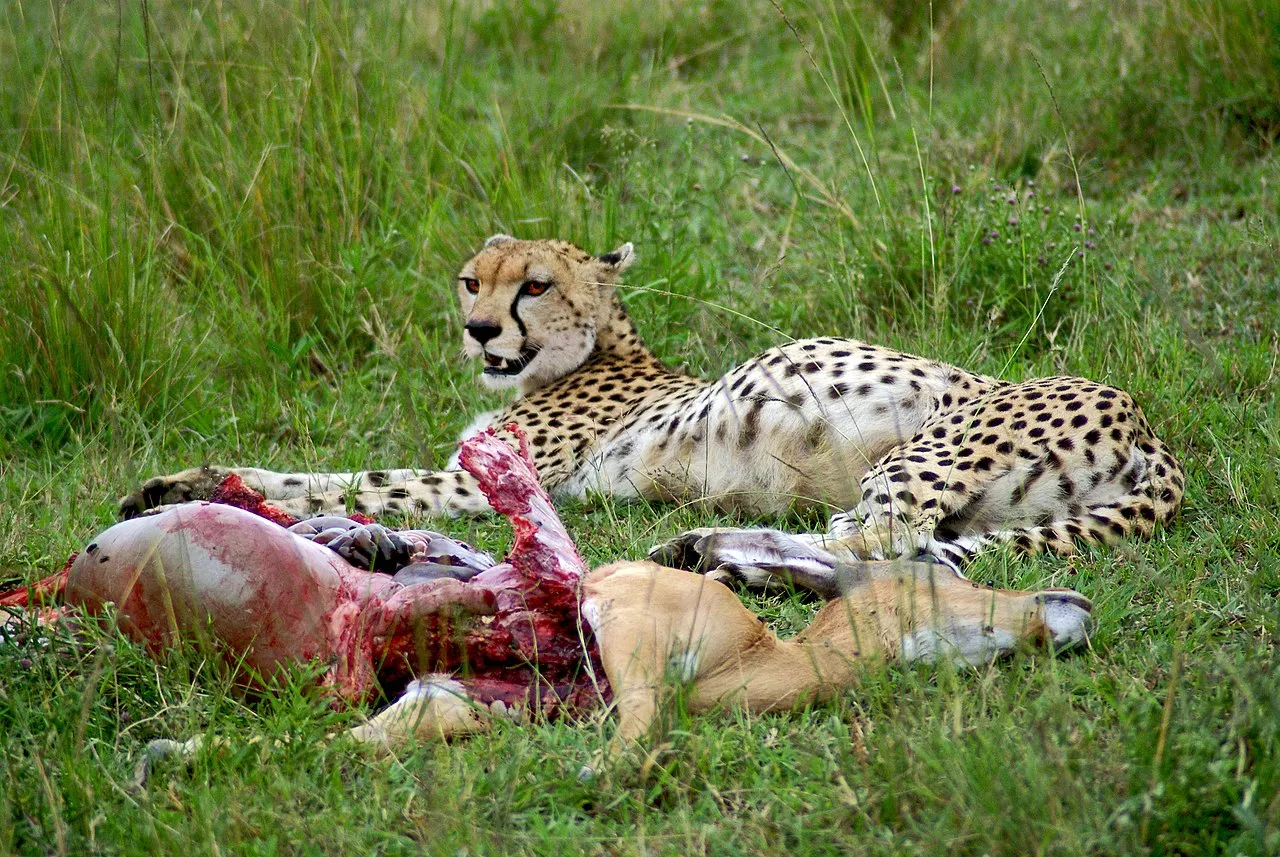
Yes, cheetahs are indeed tertiary consumers in ecological terms. As apex predators, they occupy the highest trophic level in their ecosystems and primarily feed on secondary consumers such as herbivores and smaller carnivores. Their position as tertiary consumers highlights their role in the energy flow within food chains, where they play a crucial role in regulating prey populations and maintaining ecosystem balance.
Are Cheetahs Omnivores?
No, cheetahs are not omnivores. They are strictly carnivorous, meaning their diet consists primarily of meat. Cheetahs hunt and consume other animals, such as herbivores and smaller carnivores, to obtain the energy and nutrients they need for survival. Their anatomy, physiology, and hunting behavior are adapted for capturing and consuming prey, reflecting their specialized carnivorous diet.
Are Cheetahs Carnivores Or Omnivores?
Cheetahs are carnivores, meaning they primarily feed on meat. Their diet consists mainly of herbivores and smaller carnivores that they hunt and consume in order to obtain the energy and nutrients they need for survival. Unlike omnivores, which have a broader diet that includes both plant and animal matter, cheetahs are specialized predators with adaptations suited for hunting and consuming prey.
Reasons Why a Cheetah is a Carnivore
Cheetahs are classified as carnivores due to the following reasons:
-
Anatomical Adaptations: Cheetahs possess anatomical features such as sharp claws, powerful jaws, and specialized teeth designed for capturing, killing, and consuming prey animals. These adaptations are characteristic of carnivorous predators.
-
Dietary Preferences: The diet of cheetahs consists primarily of meat obtained from hunting and consuming other animals. They target herbivores and smaller carnivores, relying on the nutrients and energy derived from animal tissue to meet their nutritional needs.
-
Digestive System: Cheetahs have a digestive system optimized for processing meat. Their short digestive tract and acidic stomach environment facilitate the efficient breakdown and absorption of nutrients from animal protein.
-
Behavioral Traits: Cheetahs exhibit hunting behavior characterized by stalking, chasing, and capturing prey animals. Their predatory instincts and hunting strategies are geared towards capturing and consuming other animals as their main source of food.
In general, the anatomical, dietary, digestive, and behavioral characteristics of cheetahs align with those of carnivorous predators, highlighting their classification as carnivores in ecological systems.
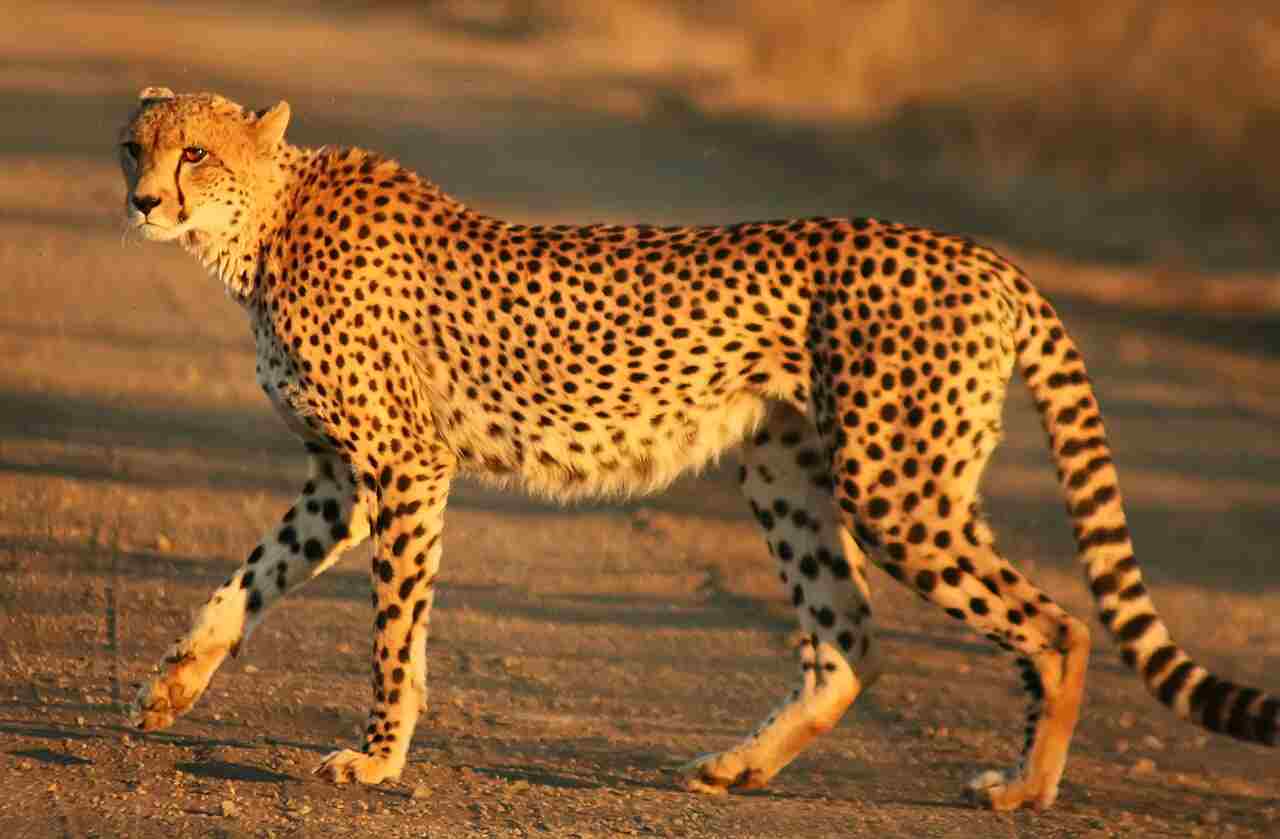
Is A Cheetah A Decomposer?
No, cheetahs are not decomposers. Decomposers are organisms that break down dead organic matter, such as dead plants and animals, into simpler substances and recycle nutrients back into the ecosystem. While decomposers play a vital role in nutrient cycling and ecosystem function, cheetahs do not fulfill this ecological role. Instead, cheetahs are consumers that prey on other organisms, primarily herbivores and smaller carnivores, to obtain energy and nutrients for survival.
Where Are Cheetahs In The Food Chain? Cheetah Food Chain Position
Cheetahs occupy a prominent position in the food chain as apex predators. They are situated at the highest trophic level, known as tertiary consumers. In the food chain, cheetahs primarily prey on secondary consumers such as herbivores (e.g., gazelles, impalas) and smaller carnivores (e.g., jackals, mongooses). As apex predators, cheetahs play a crucial role in regulating the populations of their prey species and maintaining the balance of their ecosystems.
What Type Of Consumer Is A Cheetah In Food Chain?
Cheetahs are classified as tertiary consumers in the food chain. Tertiary consumers occupy the highest trophic level and primarily feed on secondary consumers, which in turn consume primary consumers (herbivores or plant-eaters). In the context of the food chain, cheetahs prey on animals such as gazelles, impalas, and smaller carnivores, establishing them as tertiary consumers that play a key role in energy transfer and ecosystem dynamics.
What Does A Cheetah Eat In A Food Chain?
In a food chain, cheetahs primarily consume secondary consumers such as herbivores and smaller carnivores. Their diet typically includes animals like gazelles, impalas, wildebeests, and smaller predators like jackals and mongooses. As tertiary consumers, cheetahs play a crucial role in regulating the populations of these prey species, which contributes to the overall balance and health of their ecosystems.
Are Cheetahs Secondary Consumers?
No, cheetahs are not classified as secondary consumers in ecological terms. Secondary consumers typically prey on primary consumers (herbivores), while tertiary consumers feed on secondary consumers as well as primary consumers. Cheetahs, being apex predators, occupy the highest trophic level as tertiary consumers and primarily feed on secondary consumers such as herbivores and smaller carnivores.
Is A Cheetah A Tertiary Consumer?
Yes, cheetahs are indeed tertiary consumers in ecological terms. As apex predators, they occupy the highest trophic level in their ecosystems and primarily feed on secondary consumers such as herbivores and smaller carnivores. This positioning as tertiary consumers highlights their role in the energy flow within food chains and their importance in regulating prey populations within their habitats.
*Summary
- Cheetahs are tertiary consumers, occupying the highest trophic level in food chains.
- They primarily prey on secondary consumers like herbivores and smaller carnivores.
- Their diet includes animals such as gazelles, impalas, wildebeests, and smaller predators.
- Cheetahs play a crucial role in regulating prey populations and maintaining ecosystem balance.
- They are not classified as secondary consumers but as apex predators at the tertiary level.
- As tertiary consumers, cheetahs contribute to the energy flow within ecosystems and the dynamics of food chains.
| Aspect | Summary |
| Trophic Level |
Tertiary consumers
|
| Diet |
Predominantly secondary consumers like herbivores (e.g., gazelles, impalas) and smaller carnivores (e.g., jackals, mongooses)
|
| Role in Ecosystem |
Regulates prey populations, maintains ecosystem balance
|
| Classification |
Not secondary consumers, but apex predators at the tertiary level
|
| Contribution to Ecosystem |
Crucial for energy flow and dynamics of food chains
|
FAQs about Cheetahs
1. What do cheetahs eat?
- Cheetahs primarily eat animals such as gazelles, impalas, wildebeests, and smaller predators like jackals and mongooses.
2. Are cheetahs solitary animals?
- Yes, cheetahs are mostly solitary animals, although females may be found with their cubs.
3. How fast can cheetahs run?
- Cheetahs are the fastest land animals, capable of reaching speeds up to 60-70 miles per hour (96-113 kilometers per hour) in short bursts covering distances up to 500 meters.
4. Where do cheetahs live?
- Cheetahs inhabit a variety of habitats, including savannas, grasslands, and semi-arid regions across Africa, as well as parts of Iran.
5. Are cheetahs endangered?
- Yes, cheetahs are considered vulnerable to extinction. Threats such as habitat loss, human-wildlife conflict, and poaching have significantly reduced their population numbers in the wild.
6. How long do cheetahs live in the wild?
- In the wild, cheetahs typically live for 10 to 12 years, although some individuals may live longer under favorable conditions.
7. How do cheetahs hunt?
- Cheetahs use their incredible speed and agility to chase down prey. They rely on stealth and camouflage to get close to their target before unleashing a burst of speed to catch it.
8. Do cheetahs have retractable claws?
- No, unlike other big cats, cheetahs do not have fully retractable claws. Their claws are semi-retractable and act like cleats to provide traction while running.
9. Are cheetahs good climbers?
- No, cheetahs are not adept climbers like some other big cat species. They primarily rely on their speed and agility for hunting rather than climbing trees.
10. How do cheetahs communicate? – Cheetahs communicate through vocalizations such as chirps, purrs, growls, and hisses, as well as through body language such as facial expressions and postures.

